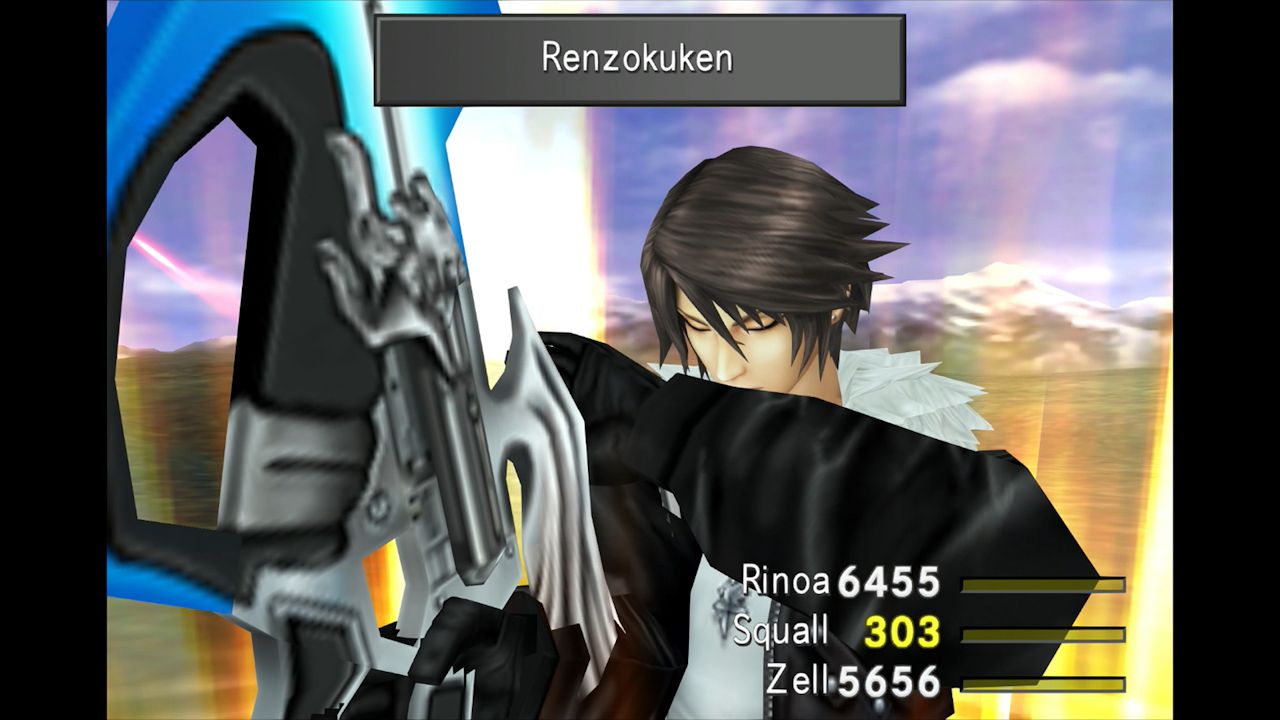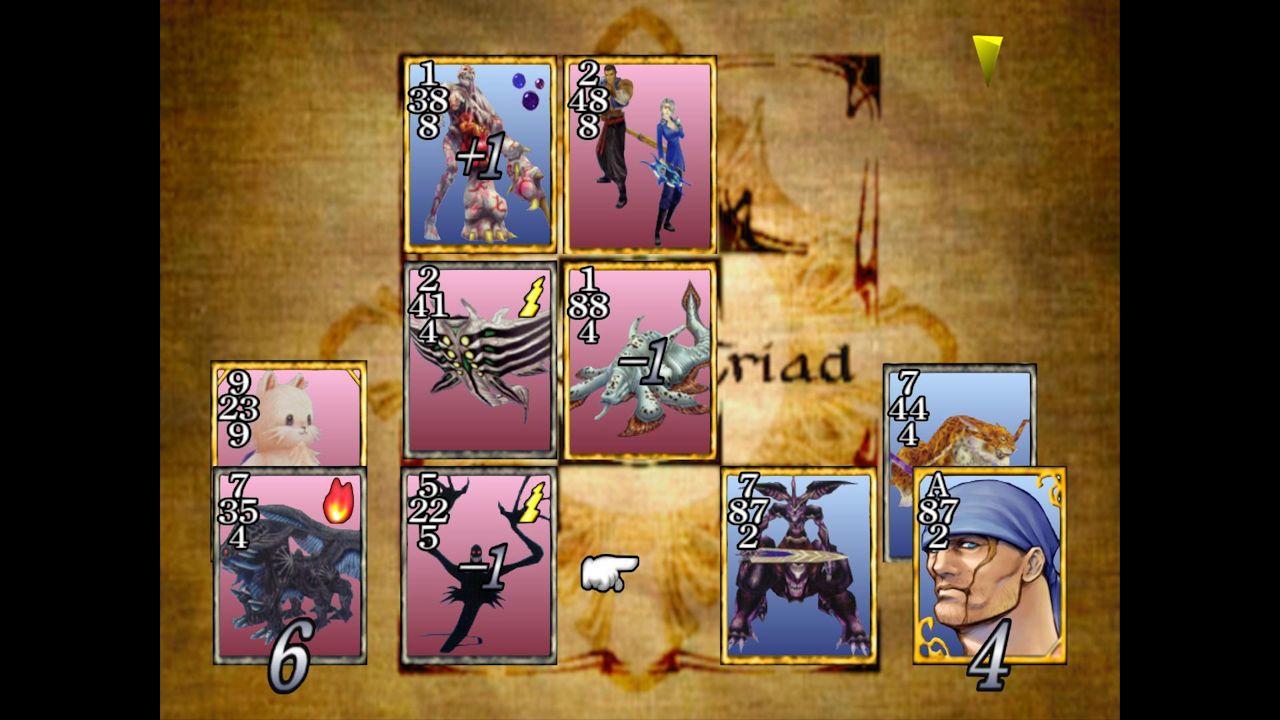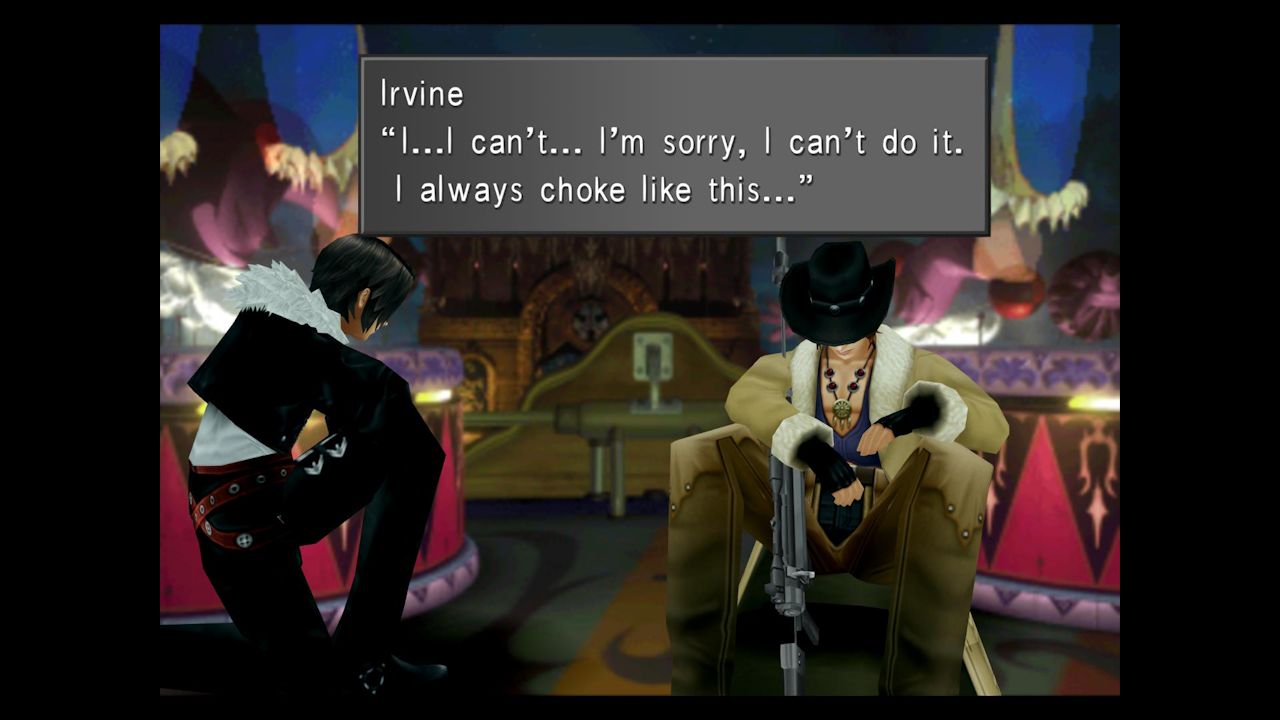Final Fantasy VII may have been the genre defining RPG that everybody thinks of when it comes to the original PlayStation, but there were two other major mainline entries in the franchise found on the system as well. While Final Fantasy VII and Final Fantasy IX have received ports in recent years across multiple platforms, the middle child, Final Fantasy VIII, had been left out until now. Rather than just a port with a few additional features, Square Enix has now given the game a visual facelift with Final Fantasy VIII Remastered.
Final Fantasy VII may make be getting the full remake treatment from the ground up, but Final Fantasy VIII Remastered features nowhere near that level of change. Instead, this game features brand new visual renders that are vastly superior to the original. It does not appear that much was done to the backgrounds, but the character models are much improved with a lot more detail than before. Even the menus are much cleaner in this version compared to the original. The FMVs in the original were already stellar for their time, and now the actual visuals outside of them are able to matchup rather than being such a staggering downgrade when transitioning between them.

For those are are brand new to Final Fantasy VIII as a whole, the game follows lead character Squall Leonhart, a cadet at Balamb Garden that is training to be a SeeD mercenary. In this world, only SeeD can wield magic with the use of what are known as Guardian Forces. The game start off on the day of Squall’s field test that leads him to go and capture his first GF, Ifrit. In these early portions you are introduced to your rival Seifer and an array of future party members like Quistis, Zell, Selphie, and eventually Rinoa.
The game does a really good job at introducing you to these various characters early, along with the sprinkling in of others later. Squall and Rinoa’s relationship has always been a personal favorite of mine in all of gaming, which is a treat to watch unfold once again in Final Fantasy VIII Remastered. Going much further into the story would really spoil some nice surprises early in the game, so just know this has one of the better stories in the Final Fantasy franchise that still holds up incredibly well today.
Final Fantasy VIII has always been sort of the black sheep of the PS1 generation of Final Fantasy games for its very unique combat system that tries some different things that the series had not done to that point and has not done again since. This does not mean that the combat system is bad by any means, just it’s definitely not what you would expect when you think of Final Fantasy. In a world where gameplay systems have gotten much more complicated, Final Fantasy VIII Remastered fits right in much better than it did in 1999.

Rather than a simple turn-based approach where characters have their regular attacks and magic and only need be concerned with MP to cast them, Final Fantasy VIII introduced something very different with the Junction system. Junctioning allows your party members to power up and use abilities based on the aforementioned Guardian Forces, aka GFs, which actually serve as the summons in this game. Essentially, without a GF junctioned to one of your party members, they cannot use any form of magic or special abilities whatsoever and are stuck with their basic Attack move. The structure of battle remains mostly the same as in most turn-based Final Fantasy games, but the moving parts within it have been shaken up this time around.
What you will want to do here is Junction a GF to each party member, with you looking to see what stat said GF is associated with. This plays a big role in the leveling system of the game, as Final Fantasy VIII handles this setup quite differently from what you’ve seen in other Final Fantasy games. Rather than having to grind to level your character to beat certain enemies, all enemies in the game level up alongside you instead, making you have to utilize the Junction system as a way to gain advantages instead. This actually makes the game a good bit difficult, as you really have to be strategic on when and how you level up instead of just powerleveling and wrecking every opponent you run across.
Once you have your GF setup good to go, you must then use what is known as the Draw ability in battle to stockpile magic to use against the enemies later. This magic can then be used with the stat boosts mentioned above, which can feel a little convoluted at first. Once you get the hang of it though, this system is not all that complicated to utilize, which has long been one of the complaints people lodge against this game in comparison to other Final Fantasy titles. It also offers players the opportunity to try and beat the game with or without the use of much magic, as you can use it almost strictly in junctioning or in battle as well.

Besides the ongoing story, Final Fantasy VIII Remastered also has what has in more recent years become its own smartphone app with Triple Triad. This in-game card game is something that is completely optional for those playing through the game, but it adds something entirely different to the table that you can play through during the game. Collecting cards really becomes a lot of fun and taking on challenges against so many different people in the game can help to break up the monotony that can occasionally come from lengthy RPGs.
Similar to the ports of the other PS1 era Final Fantasy games, Final Fantasy VIII Remastered comes with some additional features that help to make the game a little more approachable and casual for newcomers that might find a full scale RPG to be a little daunting. These features are activated via pressing the analog sticks, which allows them to be done without bringing up menus while still not intruding upon the existing controls for the game.
Pressing L3 will activate a 3x speed boost in the game, which is always a nice option to have in any RPG, especially one of this length. This is most helpful at speeding up the lengthy GF summon sequences when using them to attack, which is a godsend in comparison to the original. By pressing both L3 and R3, you can also turn off random battles, which serves as a way to reduce the grind of traveling through some of the tougher areas in the game, such as when trying to acquire a few of the optional GFs in the game.

The feature that makes the game most suitable for casuals that just want to experience the story, however, is that of the Battle Boosts by pressing R3. This automatically fills your HP, ATB, and Limit Break meters to max, allowing you to do unlimited Limit Breaks and just go wild in combat. Most people will probably not want to use this last feature, as it makes everything way too easy, but it’s still a nice option for people to have if they want to utilize it.
Compared to the previous ports for Final Fantasy and Final Fantasy IX, Final Fantasy VIII Remastered features true visual improvements to the character models and menus that really make the game even more enjoyable. Even with a divisive combat system, the game has always been worth playing for the superb story and characters that is made even more approachable now with the quality of life changes in Final Fantasy VIII Remastered.
The Verdict
Final Fantasy VIII may not be getting the full remake treatment like its predecessor, but Square Enix definitely proves they haven’t forgotten about the game with the graphically improved and definitive Final Fantasy VIII Remastered. As long as you can get the hang of the unique and intricate combat system, Final Fantasy VIII Remastered delivers one of the most enthralling narratives in the long running franchise that still holds up 20 years later.











Published: Sep 12, 2019 09:51 am